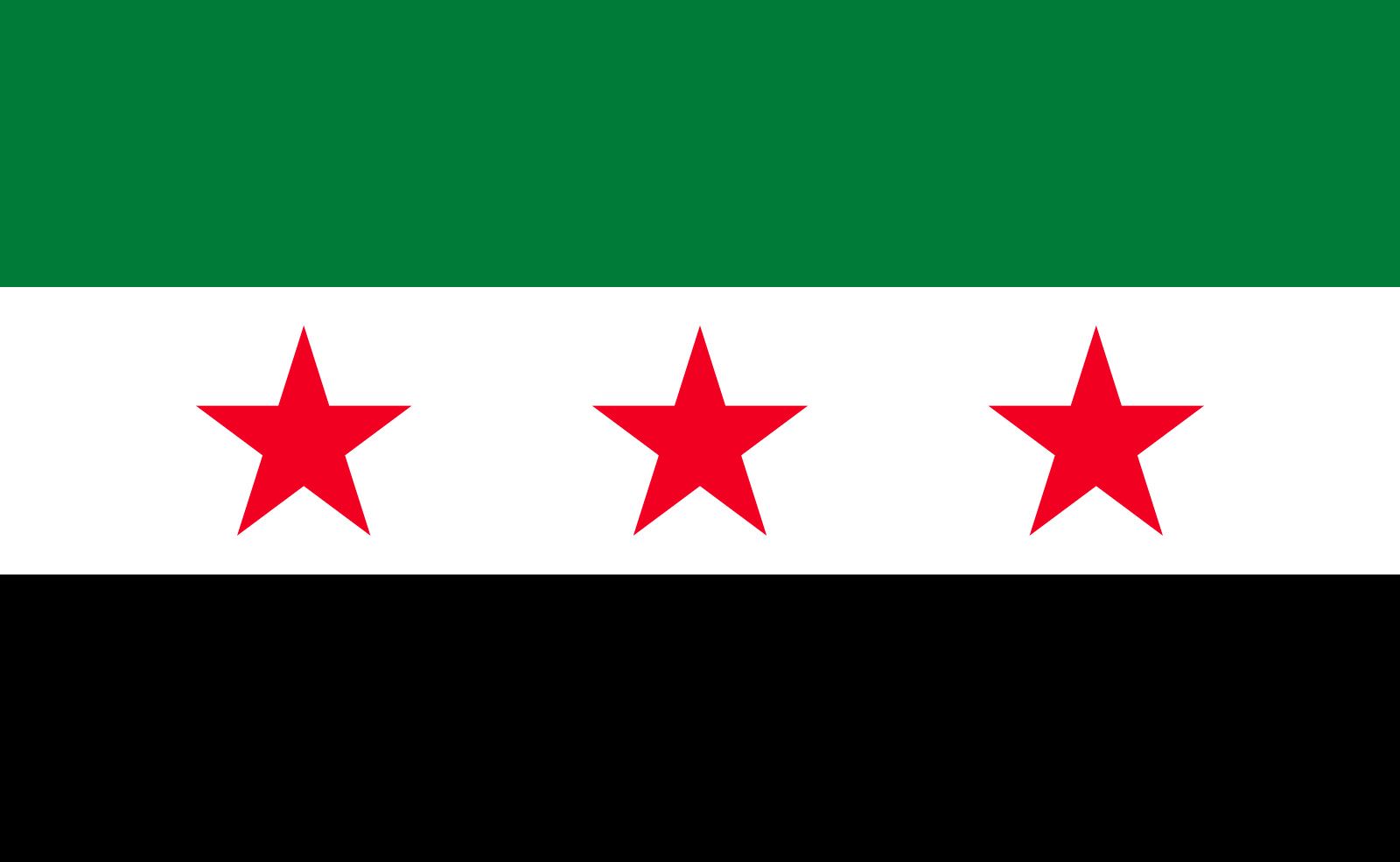Daraa
The Cradle of the Syrian Uprising, Gateway to the South
Daraa (درعا) is a city and governorate in southern Syria, located near the border with Jordan. Historically a crossroads between Damascus, Amman, and the Hauran plain, Daraa has long been known for its fertile lands, olive groves, and strategic location.
Historical and Cultural Background
Daraa’s history stretches back thousands of years. Known in antiquity as Edrei, it was mentioned in biblical texts as a significant city of Bashan. Throughout Roman and Byzantine times, it served as an important provincial center, with ruins such as ancient theaters, Roman streets, and Byzantine churches still visible today.
The city became a key stop along the famous Hejaz Railway during the Ottoman era, linking Damascus to Medina. This railway station, now a historic site, stands as a reminder of Daraa’s importance in regional trade and transport.
The War and Its Aftermath
Daraa is famously regarded as the cradle of the Syrian uprising. In March 2011, protests broke out here, sparking a nationwide movement and the subsequent conflict. Heavy fighting and bombardments devastated large parts of the city and its surroundings during the war years.
Following reconciliation agreements and ceasefires, Daraa has experienced a fragile calm, though occasional violence and instability still occur. Many neighborhoods are being rebuilt, while others remain in ruins.
Current Situation (July 2025)
As of July 2025, reconstruction projects are underway, with roads, schools, and water systems being restored. Farmers have resumed cultivating olives, wheat, and vegetables in the fertile Hauran plain, helping revive the local economy. Markets in central Daraa City have reopened, and displaced families continue to return, though security concerns persist.
Economy and Society
Daraa’s economy remains rooted in agriculture. The region’s olives, olive oil, grains, and fruits are sold throughout Syria. Small industries and markets are gradually coming back, while humanitarian aid supports the most vulnerable families. Social life has cautiously resumed, with weddings, religious celebrations, and souks once again animating the streets.
Key Landmarks and Attractions
- Ancient Edrei Ruins: Remains of Roman and Byzantine-era structures scattered across the old city.
- Hejaz Railway Station: A preserved Ottoman-era station, once part of the Damascus–Medina railway.
- Omari Mosque: An iconic mosque damaged during the conflict, currently undergoing restoration.
- Hauran Plain: Vast agricultural fields surrounding the city, known for their fertility and beauty.
Daraa remains a place of resilience and hope — a symbol of Syria’s struggle, its deep history, and the determination of its people to rebuild and move forward.
 Syria
Syria